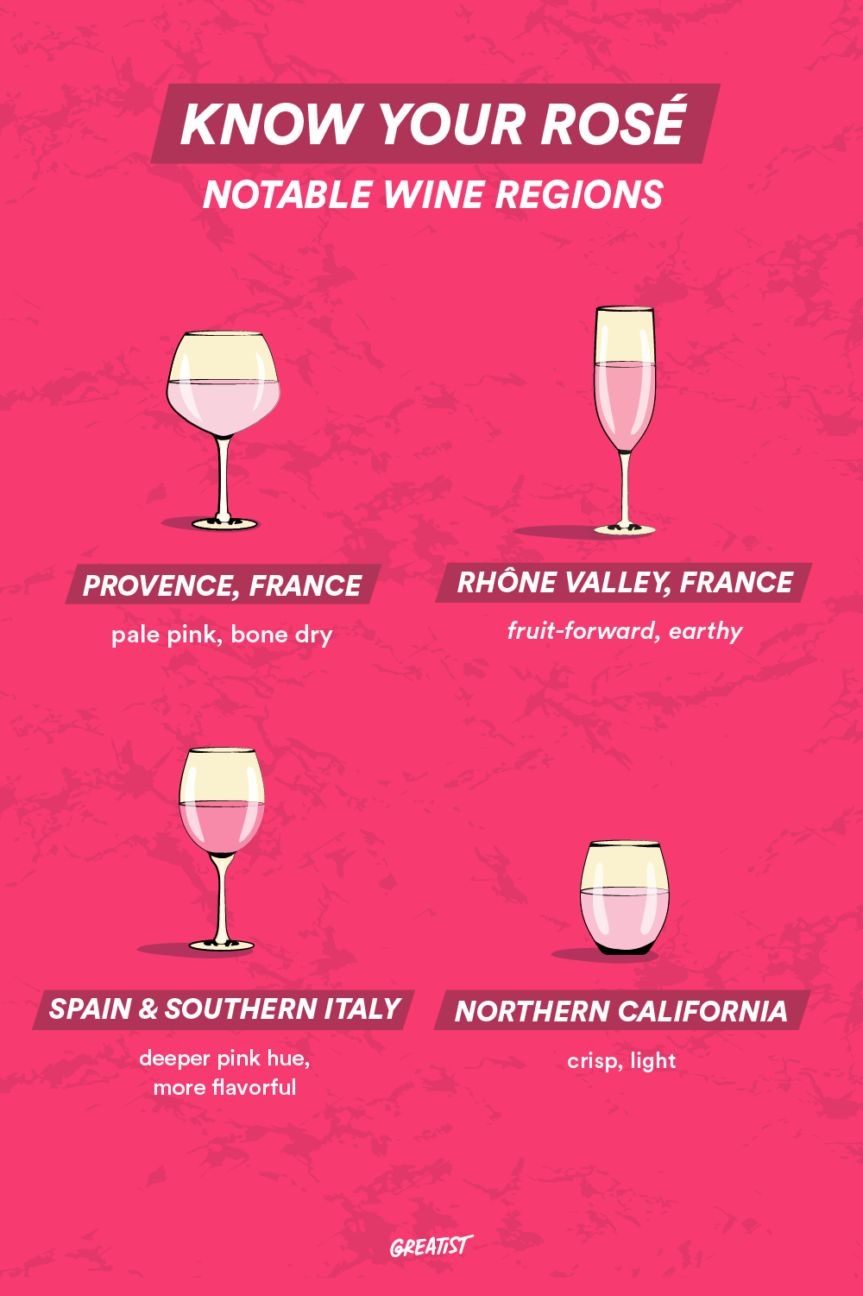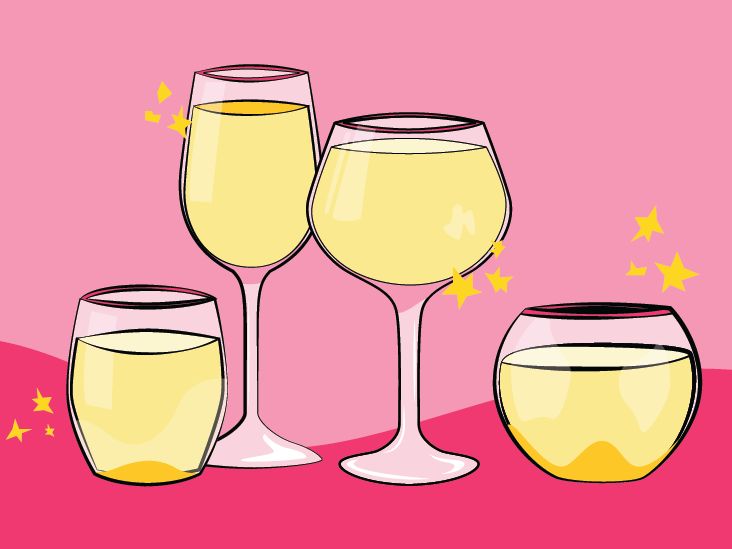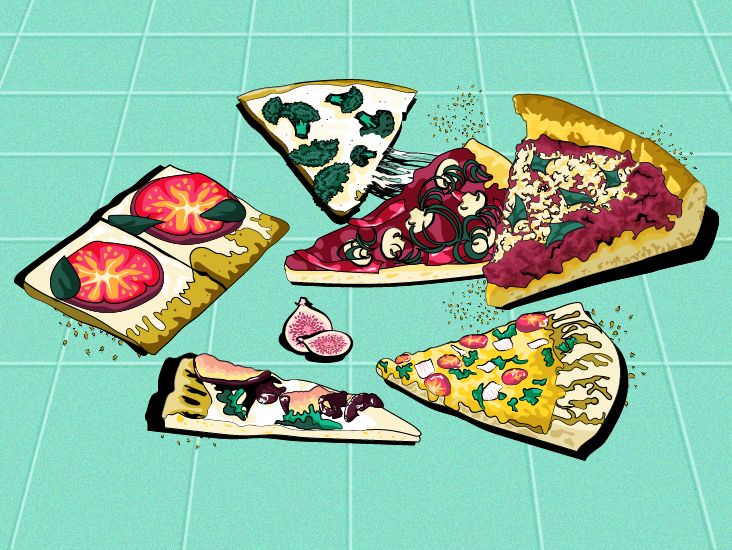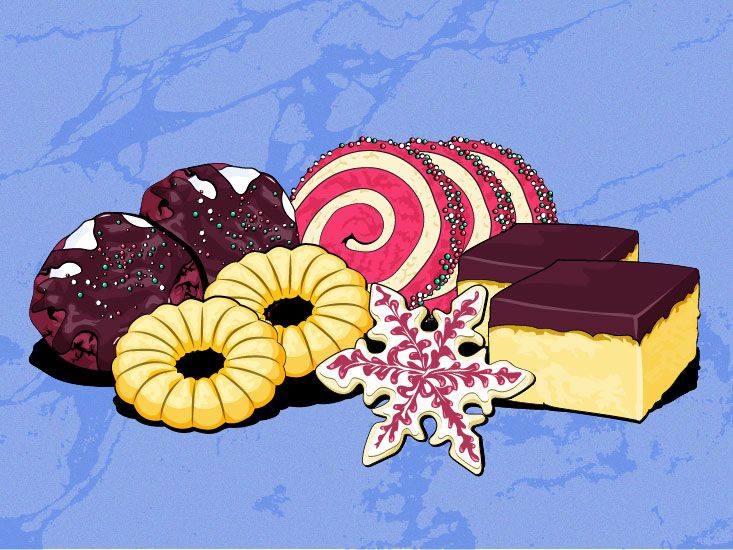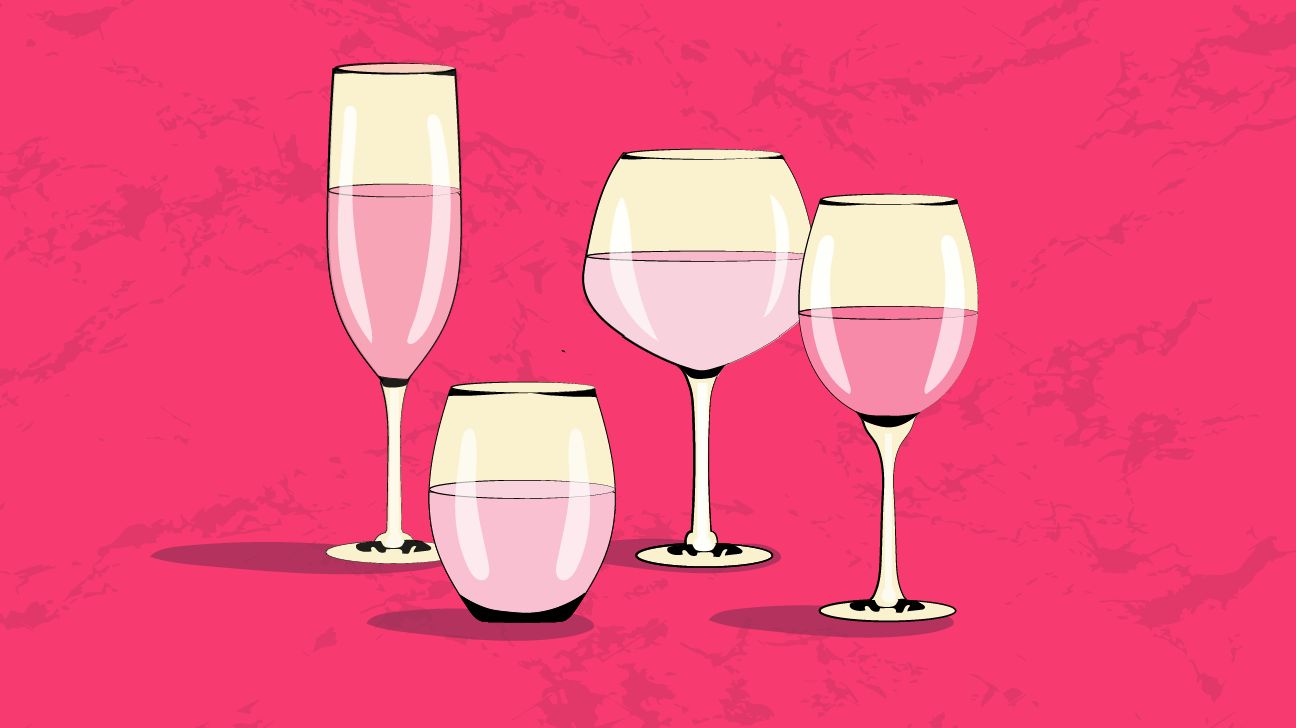
The weather is finally starting to heat up, which means it’s time to chill the rosé! So grab your favorite pool float and caption that perfect ’gram photo “#YesWayRosé,” because rosé is more than just a pink wine — it’s a lifestyle.
Over the past few years, rosé wine has been the fastest-growing wine category — and according to Nielsen, it’s continuing to gain momentum into 2020. That said, rosé has actually been sipped for centuries, since long before it became en vogue with millennials — from the Roman and Greek empires to the French Riviera to the sticky-sweet white zinfandel of the ’70s (yeah, blush wine had a bad rap there for a minute).
Some may call rosé a fad, but we’re long past that. Rosé is here to stay because it reminds us of sunshine and happy times, but mostly because it’s delicious. With that in mind, here’s everything you’d ever want to know about your favorite pink drink.
Scope out a wine store and you find countless white and red wines. They come from all over the globe and are made from different grapes. Every wine has its own style and personality — and pink wine is no exception.
“In essence, rosé wine is produced anywhere in the world and from most red grape varieties,” says Brett Vankoski, wine director at 90+ Cellars. “The primary factors that influence taste are the climate in which the grapes are grown and the intentions of the winemaker. In certain regions, groups of producers work together to define a particular style and quality, while in other regions, individual wineries and labels are free to define their own style irrespective of their neighbors.”
Some notable rosé wine regions:
- Provence, France: If you’re jonesing for quintessential “summer water” (pale pink, bone-dry rosé), look no further than Provence, the heart and soul of rosé country. Pink drinks from this region are traditionally made with Grenache, Cinsault, Syrah, and Mourvedre grapes, which produce light-bodied, refreshing wines with poolside gluggability.
- Rhône Valley, France: Rosé from this region is often made with Cabernet Franc and Pinot Noir grapes, which give the wines earthy and slightly fruit-forward flavors.
- Spain and Southern Italy: For fuller-bodied rosés with a little more oomph, sip on a Spanish rosado or Italian rosato — they’re quite flavorful and often have a deeper pink hue.
- Northern California: NorCal’s wine country (Napa, Sonoma, Mendocino) may be known for its full-bodied chards and celebrated cab sauv, but this region also makes deliciously crisp pink wine.
- Then there’s rosé from New Zealand, Oregon, New York’s Finger Lakes, Portugal, and even England (yes, they make delicious sparkling rosé!).
The takeaway: While Provencal rosé is arguably the most well known, it certainly isn’t the only type of pink drink worth sipping on. Amazing rosé comes from all over.
It’s a recurrent myth that all dark pink rosés are sweet and all pale pink rosés are dry. That’s not always the case — a wine’s shade of pink doesn’t correlate with its sweetness.
“The color of a rosé depends on the length of time the juice is in contact with the skin of the grapes, as well as the type of grapes used,” explains Vankoski. Grapes with thicker skin can also create a deeper-hued wine.
Since darker pink rosés spend more time touching the skins, you can expect the resulting wine to be more fruit-forward, fuller-bodied, and richer — but not necessarily sweeter. Wine (pink or not) gets a lot of its sweetness from the residual sugars left after fermentation.
Yes, red plus white equals pink on the color spectrum, but pink wine isn’t made by mixing grapes’ colors like paint — there’s a lot more science and technique to it. No matter what grape varietals are in play, there are three primary methods of making rosé:
- Short maceration: This is the most common method. Red grapes are gently crushed and then left to macerate (rest) in contact with the juice for a limited time — usually between 2 and 48 hours, depending on the desired style of rosé (comparatively, red wine maceration can last weeks or months). The resulting batch of juice is removed from the skins and left to undergo fermentation (the process in which sugar converts into alcohol and carbon dioxide). Eventually, you have yourself a rosé wine!
- Saignée: Pronounced “san-yay,” this “bleeding” method involves taking some juice from the early stages of making a red wine and fermenting it in a new vat to create rosé wine.
- Blending: Simply put, a touch of red wine is blended into a white wine batch, dyeing the wine pink and creating rosé. This technique is very uncommon with still rosé wines (in some places, it’s banned), but it’s sometimes used to make pink Champagne.
Rosé is inarguably synonymous with summer. You can’t help but picture yourself sipping a chilled glass of pink on the deck in July. While dry rosé makes a wonderful aperitif, it also plays really nicely with a wide range of foods thanks to its acidity and fruity characteristics.
When pairing rosé with nomz, your imagination is already in the right place with the al fresco vibes and BBQ light bites. “Look at light and refreshing meals like light salads and pastas, grilled fish or chicken, and charcuterie,” says Vankoski. Watermelon feta salad and shrimp kebabs, anyone?
That said, rosé wine is something you can (and should!) enjoy all year long. Come autumn, there’s nothing better than tucking into a big-bodied Spanish rosado and a hearty bowl of chicken chili. Increasingly popular sparkling rosé pairs just as wonderfully with an herb-rubbed lamb served on Easter as it does with goat cheese rosemary bruschetta around the holidays.
Need another reason to love rosé? You can enjoy good-quality pink wine without breaking the bank. These eight great rosés from around the globe ring up at less than $15:
- Gérard Bertrand Côte des Roses (Languedoc, France; $14.99): A classic south-of-France rosé made with Grenache, Syrah, and Cinsault grapes. The bottle, which is literally shaped like a rose, sits pretty on any party table.
- Bodegas Tarón Rosado 2019 (Rioja, Spain; $12.99): Salmon-pink color, ripe fruit aromas, and a fresh-yet-rich flavor, typical of rosados from this region.
- Mont Gravet Rosé (Pays d’Oc, France; $8.99): Refreshing, fruity, and dry at the same time — a total crowd-pleaser.
- Mas Fi Cava Brut Rosé (Penedes, Spain; $11.99): A fuller-bodied sparkling rosé with lively bubbles and wild berry flavors.
- 90+ Cellars Rosé (Languedoc, France; $12.49): Dry and fruity, with the perfect amount of food-friendly acidity. Try popping a bottle and serving it with salmon cakes.
- Le Charmel Côtes de Provence Rosé (Provence, France; $14.99): Light, bright, traditional Provence-style rosé. You’ll want to drink this all day long.
- 14 Hands Rosé (Washington, USA; $12): This blend of five different grapes (Syrah, Merlot, Cabernet Sauvignon, Cinsault, and Grenache) boasts flavors of melon, peach, and citrus. It’s also available in cans!
- Lagaria Pinot Grigio Ramato delle Dolomiti IGT 2018 (Trentino, Italy; $14.99): This rosé us made with 100% Pinot Grigio grapes, “ramato” style — white wine is fermented with the grape skins and takes on a rosy pigment and a complex flavor.
